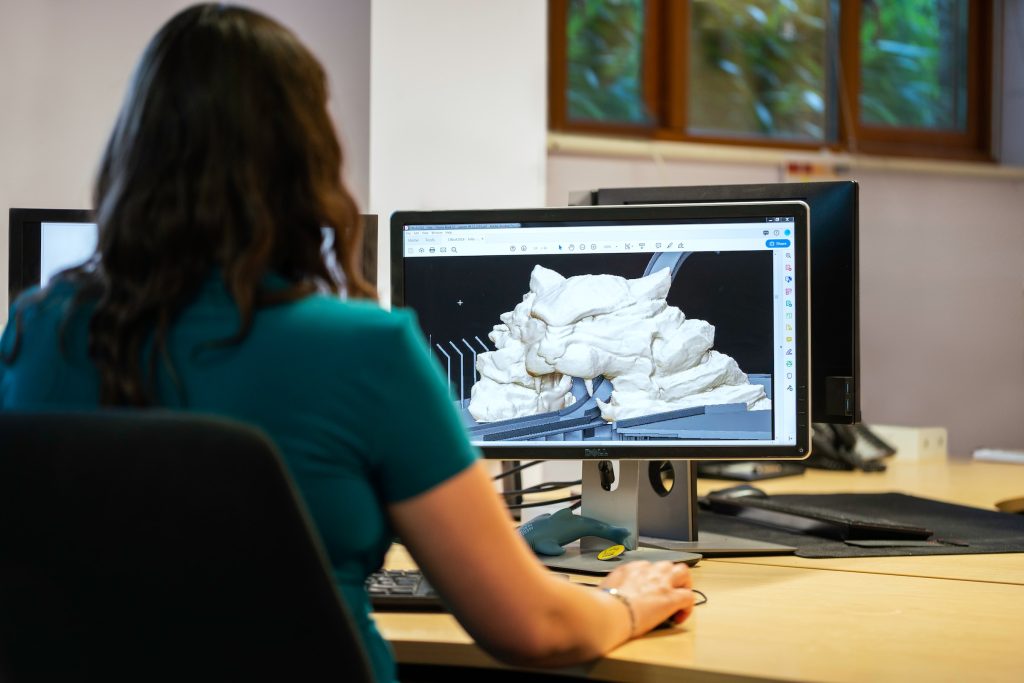In recent years, video interviews have gained popularity as an efficient and flexible tool in the university admissions and hiring processes. These interviews offer a convenient way to assess candidates, whether they are prospective students or potential faculty and staff members. By leveraging technology, universities can streamline their recruitment and admissions procedures, saving time and resources while maintaining a high standard of assessment.
Video interviews have become increasingly popular in recent years, especially in the world of higher education. They offer universities a convenient and efficient way to conduct interviews with prospective students, regardless of their geographical location. But getting started with video interviews can be a daunting task for many universities.
One important aspect to consider is the platform or software that will be used for conducting the video interviews. There are numerous options available, each with its own set of features and functionalities. It is crucial for universities to choose a platform that is user-friendly, reliable, and secure.
Another key consideration is ensuring clear communication between the university and the candidates. Providing detailed instructions on how to prepare for the video interview can help alleviate any anxiety or confusion on the part of the candidates. Additionally, offering practice sessions before the actual interview can boost confidence levels and overall performance.
Overall, implementing video interviews in universities offers numerous benefits – increased accessibility, reduced costs, and improved efficiency – but it requires careful planning and attention to detail. By selecting an appropriate platform and providing clear instructions to candidates, universities can streamline their interview process while still providing a personal touch to prospective students from all corners of the globe.
The Benefits of Video Interviews for Universities
Before delving into the implementation process, let’s take a moment to understand why video interviews are becoming a go-to choice for universities:
- Time and Cost Efficiency: Video interviews eliminate the need for scheduling, travel, and on-site logistics, saving both time and money for both the university and the candidates.
- Flexibility: Candidates from around the world can participate in interviews without geographical constraints, promoting diversity and inclusion in your applicant pool.
- Standardization: Pre-recorded video interviews ensure that every candidate is assessed using the same set of questions and evaluation criteria, minimizing bias in the process.
- Enhanced Assessment: Video interviews allow for richer candidate assessment, as evaluators can observe non-verbal cues, communication skills, and presentation abilities.
- Environmental Impact: Reduced travel for interviews contributes to a smaller carbon footprint, aligning with sustainability goals.
Now, let’s explore how universities can get started with video interviews:
Step 1: Define Your Objectives and Use Cases
Begin by identifying the specific goals you aim to achieve with video interviews. Are you using them for undergraduate admissions, graduate admissions, faculty hiring, or staff recruitment? Understanding your objectives will help tailor the implementation to your needs.
Step 2: Choose a Video Interviewing Platform
Selecting the right video interviewing platform is critical. Look for a solution that offers user-friendly interfaces, robust features, and integration capabilities with your existing systems. Popular choices include platforms like Zoom, Microsoft Teams, and specialized video interviewing tools like HireVue or VidCruiter.
Step 3: Develop Interview Questions
Design a set of interview questions that align with your objectives and evaluation criteria. These questions should assess the skills, knowledge, and qualities you seek in candidates. Ensure they are clear, concise, and relevant to the position or program.
Step 4: Create a Structured Process
Establish a structured process for video interviews. Determine who will be conducting and evaluating the interviews, how you will communicate with candidates, and the timeline for each stage of the process. Transparency and clear communication are key.
Step 5: Prepare Candidates
Provide candidates with clear instructions on how to conduct video interviews. Offer technical support and practice sessions if needed. Make sure candidates understand the expectations, including the duration of the interview and any technical requirements.
Step 6: Conduct Video Interviews
Once candidates have submitted their video interviews, evaluators can review them at their convenience. This asynchronous format allows for flexibility in scheduling and assessment. Ensure that your evaluators have clear guidelines for scoring and feedback.
Step 7: Evaluation and Selection
Evaluate candidates based on predetermined criteria and rubrics. Collaborate with other evaluators to ensure consistency in assessment. Video interviews enable side-by-side comparisons and discussions among evaluators, enhancing the selection process.
Step 8: Provide Feedback
Candidates greatly appreciate feedback on their interviews, whether they advance in the process or not. Constructive feedback can help candidates improve their skills and positively impact their perception of your university.
Step 9: Test and Iterate
After your initial round of video interviews, gather feedback from both candidates and evaluators. Use this information to refine your process, making it even more efficient and effective for future use.
Step 10: Maintain Data Security and Compliance
Universities must prioritize data security and compliance when implementing video interviews. Ensure that the chosen platform complies with data protection regulations like GDPR or FERPA. Additionally, establish clear data retention and disposal policies.
Tips for Successful Video Interviews
To make your transition to video interviews even smoother, consider these additional tips:
– Accessibility: Ensure that the video interview platform is accessible to all candidates, including those with disabilities. Provide accommodations as needed.
– Candidate Experience: Continuously monitor and improve the candidate experience. A user-friendly process reflects positively on your university.
– Training: Offer training sessions for both candidates and evaluators to familiarize them with the video interview platform and process.
– Scalability: Design your video interview process to accommodate a large number of candidates if necessary, such as during peak admissions periods.
– Engage Stakeholders: Involve all relevant stakeholders, including faculty, staff, and IT support, in the implementation process to address their concerns and needs.
– Support and Resources: Provide resources such as FAQs, troubleshooting guides, and technical support to assist candidates and evaluators throughout the process.
Real-World Examples
Several universities have successfully integrated video interviews into their admissions and hiring processes:
- Harvard University: Harvard Business School uses video interviews for MBA admissions. Candidates record responses to several short questions, allowing the admissions committee to assess their communication skills and cultural fit.
- University of Michigan: The University of Michigan Law School introduced video interviews as part of its admissions process. Candidates respond to pre-recorded questions, enabling the admissions committee to evaluate their critical thinking and communication abilities.
- University of Toronto: The University of Toronto’s Human Resources department uses video interviews for staff recruitment. The asynchronous format streamlines the initial screening process, allowing hiring managers to focus on more in-depth evaluations during subsequent stages.
In conclusion, video interviews offer universities a valuable tool for enhancing their admissions and hiring processes. By following these steps and tips, universities can get started with video interviews effectively, saving time and resources while maintaining a high standard of assessment. As technology continues to evolve, embracing innovative solutions like video interviews can help universities stay competitive and adaptable in an ever-changing landscape of education and employment.
Interviewer.AI is a technology platform purposely built to support Recruiters and HR teams in finding top talent for their companies. We also work with universities to help them with admissions and coaching, helping them use technology to solve for talent and training. Our mission is to make hiring equitable, explainable, and efficient. to screen in advance and shortlist the candidates that meet the criteria set.
Learn more about how Interviewer.AI can help your business.
Srividya Gopani is the Co-founder, Chief Marketing and Product Officer at Interviewer.AI. She enjoys working on technology which is central to this role as the driver for marketing and product for Interviewer.AI. She believes that the pace of technology is fundamental to how fast businesses are changing.






